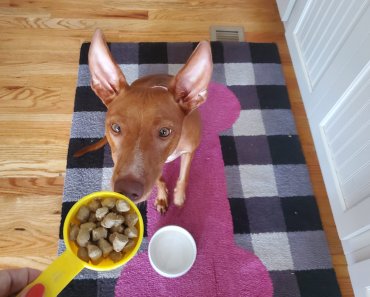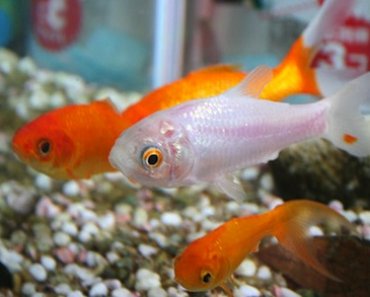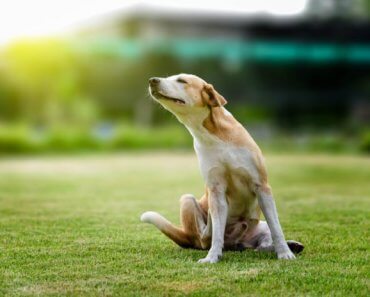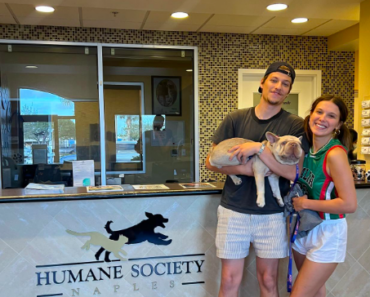Click Below to Skip Ahead
You may have seen a hairless dog before, but they’re pretty rare to see out in public. The AKC only recognizes four hairless dog breeds, though there are more unrecognized ones out there. Among the rarest of all is the Ecuadorian Hairless Dog, which has very little fur to speak of. If you’ve ever wondered about this unique hairless breed, you’re in the right place. Join us below as we delve into what this breed looks like, their personalities, and much more.
Breed Overview
Height:
16–20 inches
Weight:
24–40 pounds
Lifespan:
12–14 years
Colors:
Brown, gray
Suitable for:
Nearly any active household, those seeking a non-shedding dog
Temperament:
Friendly, loving, playful, active
.breeds-overview { background: #f4fbfb!important; }.breeds-overview .breeds-overview__item p:nth-child(1) { color: #000000!important; }
The Ecuadorian Hairless Dog hails from the western Santa Elena Peninsula in Ecuador, where it was developed as a crossbreed between the Mexican Xoloitzcuintli and the Peruvian Hairless Dog. They’re smaller than the Xolo and just as friendly as the Peruvian Hairless Dog, but with a lovable, spunky personality. Despite the name, they can inherit some limited tufts of fur if their Xolo parent isn’t 100% hairless.
Ecuadorian Hairless Dog Characteristics


Ecuadorian Hairless Dog Breed Puppies
The Ecuadorian Hairless Dog is exceedingly rare outside of its native Ecuador, but there are a few dedicated breeders that deal with the pup. Expect to pay through the nose for one, as there are few published estimates on how much they cost to speak of. It doesn’t help that they’re not recognized as a breed by the AKC or any other kennel clubs.


Temperament & Intelligence of the Ecuadorian Hairless Dog 🧠
The Ecuadorian Hairless Dog is said to be a mild-mannered, laid-back dog that prefers to spend time with their family. They’re thought to be bright and easily trained too, though sometimes they can have a stubborn streak because of how smart they are. Ecuadorian Hairless Dogs will follow you wherever you go, but they need a lot of exercise and mental stimulation to stay happy and healthy.
Are These Dogs Good for Families? 🏡
Yes, they can be great for families, especially those with allergy sufferers in the household. Because they have little to no fur, Ecuadorian Hairless Dogs won’t shed all over your furniture and carpets like some fluffier breeds out there will. That said, they do produce a minimal amount of dander like all dogs. That means they can trigger sensitive allergies if you don’t keep on top of cleaning the areas they hang out around your house.
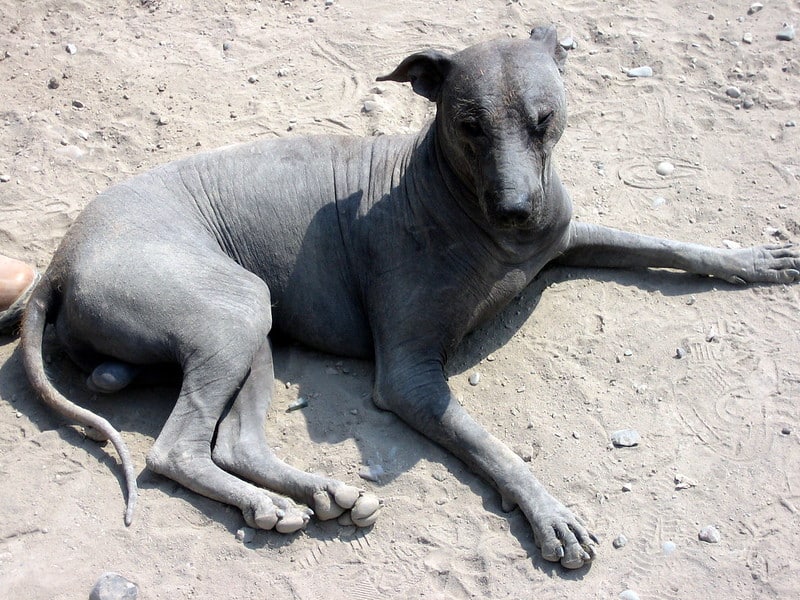

Does This Breed Get Along With Other Pets? 🐶 😽
They can be trained and socialized from a young age to tolerate being around other dogs and possibly some cats, but those are the only pets we’d recommend. Ecuadorian Hairless Dogs are direct descendants of the Peruvian Hairless Dog, which has a long history of being used as a hunting dog. That means modern Ecuadorian Hairless Dogs inherit the same strong prey drive, making them poor pets for folks with prey pets like bunnies or lizards.


Things to Know When Owning an Ecuadorian Hairless Dog:
Food & Diet Requirements 🦴
Like any breed, the Ecuadorian Hairless Dog benefits most from a balanced diet of protein, carbs, and fruits/veggies. We recommend a high-protein formula with at least 20% animal protein unless advised differently by your vet. Whole grains and carbs are healthy additions, but plenty of protein will help fuel your Ecuadorian Hairless Dog’s muscle, bone, and cognitive development as well as their ongoing health after maturity.
Exercise 🐕
Ecuadorian Hairless Dogs are lively, energetic pups with some of the longest legs of any canine. They can run astonishingly fast, and naturally, need at least an hour or so of vigorous exercise daily to keep healthy and happy. Without enough physical stimulation, they can get restless and frustrated, translating to vast chasms excavated in your yard or shoes going missing only to turn up with bite marks later.
Exercise should also include mental stimulation during your dog’s downtime. Simple obedience training can suffice for younger pups with short attention spans, but as your dog gets older, they’ll crave toys to play with. A stuffed frozen Kong on a hot day can do the trick nicely, or feeding your Ecuadorian Hairless Dog with a tricksy snuffle mat may be your answer. There are plenty of other puzzle toys that can do the job too, so always be on the lookout for new toys.
Training 🦮
Like all dog breeds, the Ecuadorian Hairless Dog does best when you start training early with gentle but firm handling. While they take to potty training pretty well, obedience and leash training can be tricky with young, easily distractible puppies. You’ll need to exercise patience during these stages because your puppy is basically a small child as far as cognitive development like impulse control.
Positive reinforcement is your best ally during all training to both weed out bad behavior and reinforce good behavior. Contrary to a lot of old pet wisdom out there, structure does not require punishment or negative reinforcement. Instead, you should be profusely showering your pup with praise and treats when they behave as you desire. You probably learn a lot better with the carrot than the stick in your day-to-day life too, so it only makes sense your dog would work the same way.
Grooming ✂️
While the Ecuadorian Hairless Dog is uniquely, well, hairless, you’ll still have some grooming to stay on top of. There won’t be as much brushing, but that’s actually why regular baths are so important. Lacking fur makes them more vulnerable to skin infections, bugs, and especially sunburn. Keep their skin clean with a gentle, unscented dog shampoo and pat them dry after each bath.
If your Ecuadorian Hairless Dog has any amount of fur, that’ll need to be kept in shape too. It might not even be enough fur to brush, but you should keep it neatly trimmed. Considering it’s usually on their face or head, that means keeping it short enough to not obscure their vision.
Health and Conditions ❤️
Thankfully, the Ecuadorian Hairless Dog is a hardy breed with few serious health issues. They have a moderately long lifespan, and being a crossbreed, often inherit a dubiously named “hybrid vigor” that makes severe health issues a relative rarity. Let’s check out what stuff you do have to worry about below.
- Sunburn: Like all hairless dogs, the Ecuadorian Hairless Dog is more susceptible to sunburn in direct sunlight. Defend against this with a dog-safe sunscreen and make sure your dog drinks plenty of water.
- Dental Issues: Virtually every hairless dog breed including the EHD has dental problems including missing premolars outright, shallow teeth, and sometimes problems eating food.
- Hypothermia: Being a hairless breed means EHDs have less protection against extreme cold. They do best in mild climates but you can dress them in clothes to protect against the winter.


Male vs Female
There’s no notable personality difference between male and female Ecuadorian Hairless Dogs to speak of, but males tend to be larger than females. Regardless of the sex you choose, spaying or neutering is essential to prevent accidental litters and even the risk of reproductive cancers in both sexes.


3 Little-Known Facts About the Ecuadorian Hairless Dog
1. They Have Some of the Longest Legs
Despite their modest height of 16–20 inches, Ecuadorian Hairless Dogs have very long legs which give them a correspondingly long gait when they run or walk. Their athleticism is thought to come from the Peruvian Hairless Dog’s long history as a hunting dog.
2. Ecuadorian Hairless Dogs Almost Went Extinct
Sadly, this breed hasn’t had many devotees over the years, and they nearly went extinct due to a lack of demand and being exclusively native to Ecuador. Both the Xolo and Peruvian Hairless Dog suffered similar crises too, as hairless dogs simply aren’t popular.
3. They Can Look Wildly Different
Because of a lack of recognized breeding standards for the Ecuadorian Hairless Dog, they have no standard dimensions or appearances. That means depending on the dog’s lineage, they can be larger or smaller than the estimated dimensions listed from earlier or they may look different from one another. For instance, they may have more fur if their parents weren’t 100% hairless.


Final Thoughts
The Ecuadorian Hairless Dog is one of the rarest dogs in the world, and you have your work cut out finding one alone. If you do manage it, they’re wonderfully bright and lovable companions that get along with kids and other dogs well.
Featured Image Credit: Calvo dorado, Perro calvo, Wikimedia Commons CC SA 4.0 International

